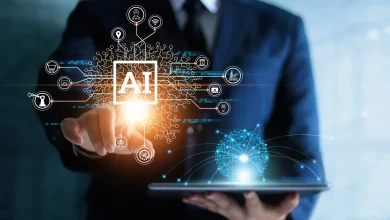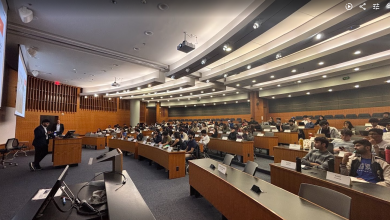
The adoption of AI is accelerating across industries, as are conversations about how it will impact daily operations. Recently, there have been reports that AI could lead to a “white-collar job apocalypse”— resulting in only the best employees keeping their jobs.
Yet, recent AI Business Impact Research by Unisys tells a much different story. According to the study, which sampled employees and executives alike, over 70% of employees believe AI will lead to greater job satisfaction, and nearly 80% believe it will lead to faster career growth.
Furthermore, 93% of executives see AI as a permanent part of their business strategies. However, to realise these benefits and achieve real growth, leaders must understand they won’t see true success without careful planning for AI adoption. With the increasing urgency to equip employees with AI literacy and practical skills, executives need to focus on choosing the right tools and training programs for their organisations.
There is significant potential for both employees and employers in this AI-enhanced future. Nonetheless, to truly succeed, businesses must prioritise scalable, inclusive upskilling strategies that empower employees to confidently work alongside intelligent systems.
AI Education: Essential for Business, Critical for Careers
The foundation of any successful AI transformation is education. AI literacy is no longer a niche skill limited to the tech sector; it’s becoming a core competency across all fields, according to Harvard’s Division of Continuing Education. From prompt engineering to ethical AI use, employees need access to proper training to develop their skills and understand AI deeply.
The good news is that employees are eager and ready to learn more about this emerging technology. The research shows that 44% of employees who save time using AI reinvest it in training or professional development, further familiarising themselves with the tools needed to excel at their jobs.
Additionally, the World Economic Forum finds that these initiatives are benefiting organisations. Even amid rapid technological change, effective training programs have reduced the rate at which professional skills requirements shift — called “skill instability”— from 57% in 2020 to 44% in 2023. This means that workforces are better prepared to meet organisational and client needs, regardless of how quickly new technologies arrive.
Redefining the Modern Workforce
Despite alarming headlines, AI is not replacing humans; it’s transforming how they work. In fact, 83% of employees surveyed report that AI significantly boosts their daily productivity.
This trend is visible across industries: a recent UK Department for Science, Innovation, and Technology study found that civil servants using AI for administrative tasks saved the equivalent of two weeks of work annually. Rather than eliminating roles, AI enables workers to focus on higher-value tasks that require creativity, empathy, and critical thinking — areas AI cannot replicate. This efficiency gain is not just a productivity boost; it also improves morale.
AI is also influencing broader economic trends. A Harvard study of labor patterns over the past century noted that “occupational churn,” or changes in the types of jobs available, remained relatively low during the 2000s and 2010s despite widespread “automation anxiety” and fears about job loss. However, that churn increased around 2019, mainly due to AI, as the market began favoring highly skilled tech roles. With the share of STEM jobs expected to grow from 6.5% in 2010 to 10% in 2024, more employees will need to adapt to meet evolving market demands. That’s where businesses must step in.
Upskilling at Scale: AI Readiness for Everyone
While many workers currently use AI tools, access to adequate training isn’t equal. If unaddressed, this could widen the gap between AI “haves” and “have-nots” in the job market. To bridge this divide, companies must democratise AI education at all levels.
The World Economic Forum recommends an “AI skill pyramid” approach, training all employees based on their roles’ needs. This creates categories: 100% of the workforce becomes AI-aware, a subset learns to build AI, and a smaller group becomes AI experts.
This layered method promotes inclusion while allowing businesses to develop specialised expertise where it’s most needed. To do this, companies must establish scalable upskilling programs that go beyond one-time training sessions and foster ongoing learning ecosystems. The aim is to create a hybrid workforce — both human and AI — by integrating AI readiness into talent strategies.
The Future Belongs to the AI-Ready Workforce
As AI reshapes workplaces, companies must continue to invest in their people and the right technology will lead the market. By embedding AI literacy into workforce development, businesses can unlock a future where human creativity and machine intelligence work together — not against each other — but in harmony.
The clear path forward is to empower employees, promote inclusive growth, and nurture a culture of continuous learning. Doing so will not only prepare us for the future but will also enable us to shape it.



